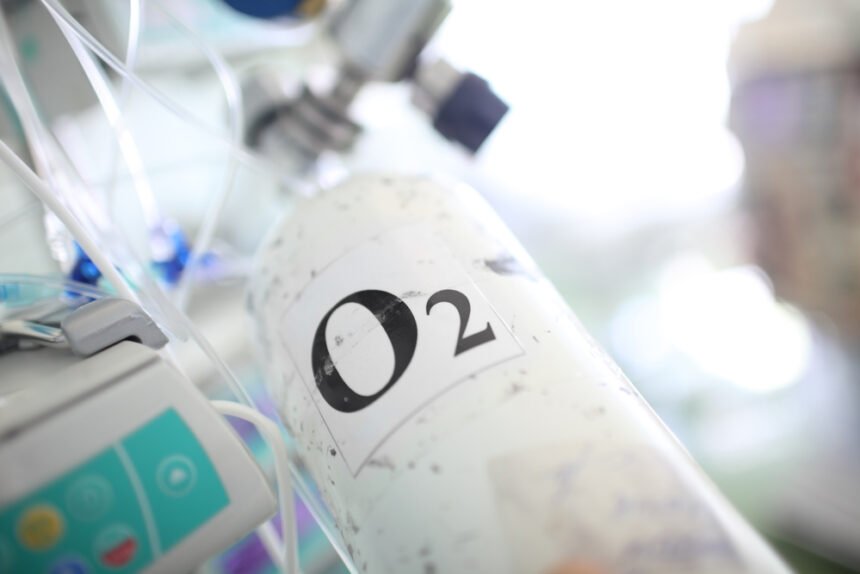There are lots of reasons why one would require an oxygen concentrator, but the bottom line is that this device is essential for improving the quality of life. This is because it provides much-needed oxygen therapy for individuals who have been diagnosed with various conditions. These conditions include respiratory diseases, severe sleep apnea, emphysema, COPD, and CPAP treatment. Overly, these conditions have to be determined by a certified physician who must provide a prescription for purchasing an oxygen concentrator. According to the FDA rules, it is illegal for anyone to sell or rent these devices without a prescription. The prescription is not only crucial to determining whether or not you require these devices, but the suitable dosage needed. This will consequently ensure efficient use and ensure it is a channel for addressing your oxygen requirements as a patient. As a patient who has a prescription and is looking for a portable oxygen tank that will suit the requirements at hand, technology has come to the rescue. There have been significant improvements to the design and build of these devices, with leading manufacturers availing futuristic devices. These advancements have significantly been propelled by the need for convenient solutions for all patients. Long gone are the days when one had to be held back by massive and heavy oxygen tasks that restricted movements. Since there is a need to have the confidence in solutions that will provide the desired independence and freedom to improve on the quality of life, the following must be taken into account;
1. The power consumption and battery life
Most manufacturers have been up to the task when it comes to how the oxygen concentrators draw in power as they use the regular wall outlet. However, it is in the details where all the difference lies similar to any other electric appliance used at home or the office. It is important to consider power consumption as we live at a time when electricity bills keep rising by the day. As such, you need a device that will not consume a lot of power but deliver on the functionality one requires. This does not necessarily mean that the lower the energy consumption, the better the device, but it must be centered on the physician’s prescription. The most important factor when considering the power capacity and consumption is the battery life of the oxygen tank. Since you need a device that works while you are on the move, the more hours it can run without requiring a charge, the better. Leading manufacturers have stretched limits when it comes to delivering excellence, and different models have a battery life of between 5 to 13 hours. This ensures that you never have to worry about traveling for long distances as the rechargeable batteries will suit your usage requirements.
2. The size and weight
As a patient who requires supplemental oxygen while sleeping or for a few hours during the day, there is no questioning the importance of having your oxygen tank at all times. This is why it is vital to have a light and easily portable device that will not restrict your movements. Fortunately, there are oxygen concentrators that are not only small-sized but weight as low as 2.8 pounds. Despite their compact sizes, these models have great functionality and will provide the needed independence for all patients consistently on the move. It is, however, essential to take into account that the features and functionality of oxygen concentrators tend to influence their weight.
3. Liter flow and noise level
This is the most critical factor to consider when looking for a portable oxygen tank as it dictates performance. The prescription is the guiding light to making the right choice and must be the area of emphasis. Luckily, leading manufacturers avail models with different flow settings that users can adjust depending on the needs at hand. Nonetheless, devices built to deliver higher oxygen flows tend to weigh more given the extra features required. Since you are after convenience when using portable oxygen tanks, the noise levels are a critical factor. The working mechanism of these devices means that they will emit some level of sound, but this has to be very low. Improvements on modern devices have led to the development of oxygen tanks that have quiet operations that allow for discreet use.








